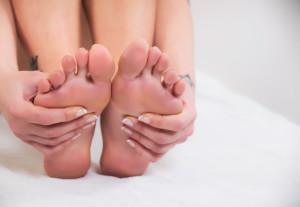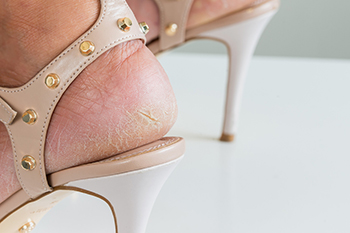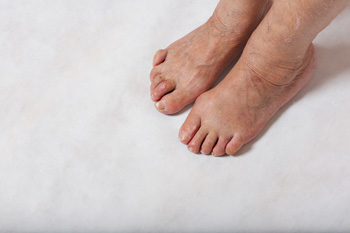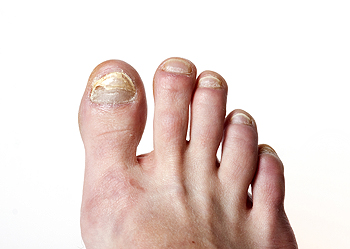 The term “shin splints” refers to pain along the shin bone in the lower leg that is caused by overuse. They are a common problem among athletes and people who regularly engage in activities, such as as running or jogging, that put stress on their lower limbs. Fortunately, pain from shin splints can be prevented and alleviated by stretching your legs. One simple stretch that you can do is toe curls. You can do this stretch by sitting on a chair with a towel spread out on the floor in front of you. Put your feet on the towel, and using just your toes, grab the towel and lift it up. Toe curls and many other stretches can improve the flexibility and strength of the muscles and tendons in the lower legs. If you suffer from shin splints and find that your pain is severe, chronic, or interferes with your daily activities, don’t hesitate to schedule an appointment with a podiatrist near you.
The term “shin splints” refers to pain along the shin bone in the lower leg that is caused by overuse. They are a common problem among athletes and people who regularly engage in activities, such as as running or jogging, that put stress on their lower limbs. Fortunately, pain from shin splints can be prevented and alleviated by stretching your legs. One simple stretch that you can do is toe curls. You can do this stretch by sitting on a chair with a towel spread out on the floor in front of you. Put your feet on the towel, and using just your toes, grab the towel and lift it up. Toe curls and many other stretches can improve the flexibility and strength of the muscles and tendons in the lower legs. If you suffer from shin splints and find that your pain is severe, chronic, or interferes with your daily activities, don’t hesitate to schedule an appointment with a podiatrist near you.
Exercising your feet regularly with the proper foot wear is a great way to prevent injuries and build strength. If you have any concerns about your feet, contact one of the chiropodists from The Footcare Centre. Our chiropodists can provide the care you need to keep you pain-free and on your feet.
Exercise for Your Feet
Exercise for your feet can help you gain strength, mobility and flexibility in your feet. They say that strengthening your feet can be just as rewarding as strengthening another part of the body. Your feet are very important, and we often forget about them in our daily tasks. But it is because of our feet that are we able to get going and do what we need to. For those of us fortunate enough to not have any foot problems, it is an important gesture to take care of them to ensure good health in the long run.
Some foot health exercises can include ankle pumps, tip-toeing, toe rises, lifting off the floor doing reps and sets, and flexing the toes. It is best to speak with Our chiropodists to determine an appropriate regimen for your needs. Everyone’s needs and bodies are different, and the activities required to maintain strength in the feet vary from individual to individual.
Once you get into a routine of doing regular exercise, you may notice a difference in your feet and how strong they may become.
If you have any questions please feel free to contact our office located in Niagara Falls, ON . We offer the newest diagnostic and treatment technologies for all your foot and ankle needs.





